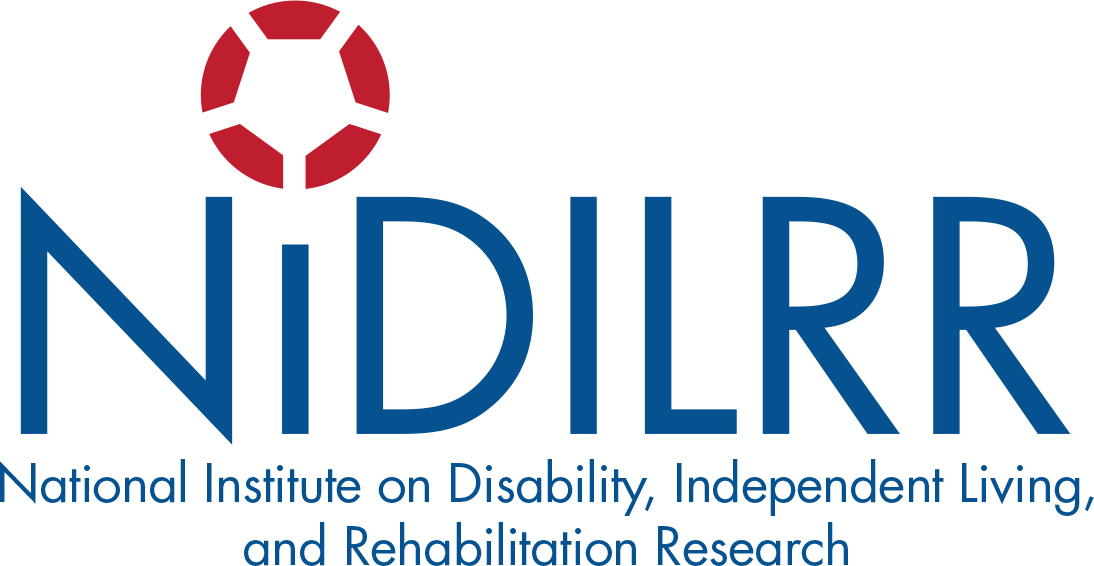Prevention Considerations
- Smoking Cessation
- Smoking's Effects on Secondary Complications of Spinal Cord Injury is an 11 minute video focuses on how many complications people experience after SCI are only made worse with smoking. Topics include respiratory complications (pneumonia), cardiovascular complications (blood flow), bladder cancer, osteoporosis (bone loss), pressure ulcers, pain, erectile dysfunction, and reproductive health for women. Also discussed, the almost equal harmful effects of secondhand smoke, how to quit smoking, and the benefits of quitting.
- Weight Control
- Patient with SCI above T5 may have an atypical presentation of atypical symptoms and abnormal perceived chest pain with angina. Diagnostic evaluation usually involves a pharmacological stress test and echocardiogram (ekg).
- Unexplained autonomic dysreflexia, jaw pain, shoulder pain nausea, syncope, and worsening spasticity can be the initial presentation
- Lower baseline blood pressure is common following SCI
- Hypertension should be distinguish from high blood pressures related to Autonomic Dysreflexia, which has a specific etiology.
- Although Hypertension is generally treated similarly as in the able body population, diuretics must been used with caution in patients performing intermittent catheterization.
- Patients with SCI may have an atypical presentation for peripheral arterial disease.
- Monitor for risk factors such as increased lipids, smoking, history of atherosclerosis or diabetes mellitus.
- Blood Panal
- Decreased glucose tolerance and insulin resistance is common in patients with SCI
- On clinical examination, inspect the skin for changes and check pedal pulses.
- Skin color changes and cool temperature in the feet can sometimes be seen after SCI without any peripheral arterial disease.
- May order arterial dopplers and check ankle-brachial indices.
- A vascular specialist my also need to be involved.
- Amputation can be a complication for patient with severe vascular disease.
- Skin color changes and cool temperature in the feet can sometimes be seen after SCI without any peripheral arterial disease.
- Orthostatic Hypotension
- Venous Thromboembolism
